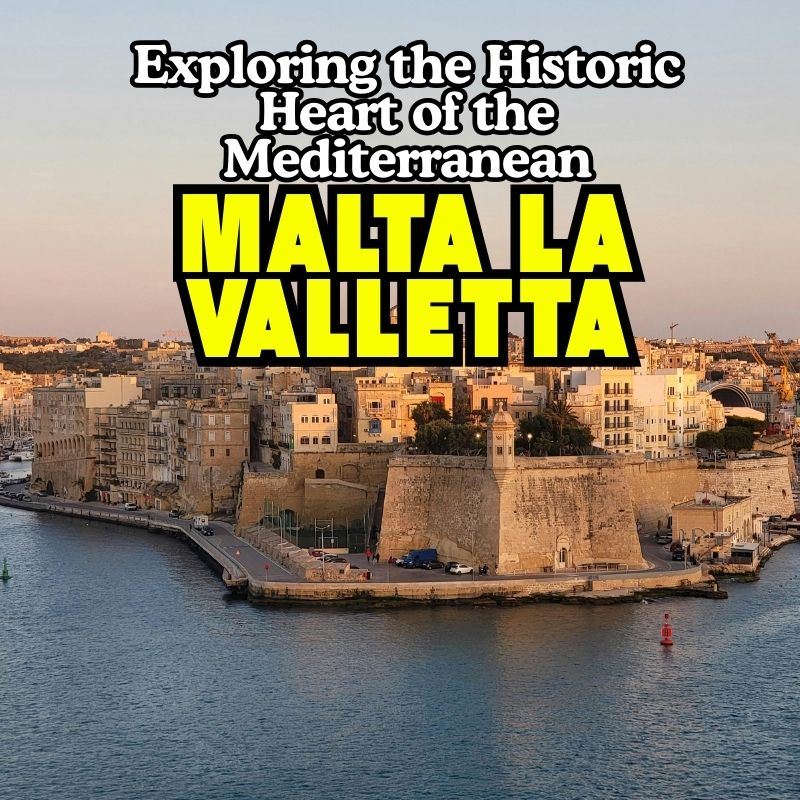
Malta La Valletta
Exploring the Historic Heart of the Mediterranean
Malta La Valletta – Valletta, the capital of Malta, is often described as a living museum. With its fortified walls, baroque architecture, and sweeping Mediterranean views, it is a UNESCO World Heritage Site and a cultural treasure. Founded in the 16th century by the Knights of St. John, Valletta combines history, culture, and charm in one compact city.
Travelers come here not only for history but also for lively squares, stunning harbors, and cultural festivals. The city is small enough to explore on foot, making every street and square a discovery. From grand cathedrals and palaces to charming cafés and waterfront promenades, Valletta offers something unique to every visitor.
This guide takes you through the city’s best attractions, neighborhoods, cultural highlights, and travel tips. Whether you’re planning a short getaway or a longer trip, Valletta promises an unforgettable experience.
History of Valletta
The Founding of the City – Malta La Valletta
In 1566, the Knights of St. John decided to build Valletta after successfully defending Malta from the Ottoman siege. They recognized the island’s strategic position in the Mediterranean and understood that a strong fortified city would secure their power. Therefore, Grand Master Jean de Valette led the effort to establish a new capital on the Sciberras Peninsula, overlooking the Grand Harbour.
From the very beginning, the Knights planned Valletta with vision and precision. Instead of allowing the city to grow randomly, they designed it with a grid system, wide streets, and strong walls. As a result, Valletta became one of the first planned cities in Europe. Engineers and architects from across Europe contributed to its construction, ensuring both beauty and strength.
Moreover, the Knights placed great emphasis on defense. They built bastions, ramparts, and watchtowers to protect the city from future attacks. At the same time, they added churches, palaces, and hospitals, demonstrating their desire to create not only a fortress but also a vibrant community.
The city quickly grew into a symbol of resilience. Every stone reflected the Knights’ determination to protect Malta and their faith. Furthermore, Valletta became a beacon of European power in the Mediterranean. Travelers admired its impressive walls, while locals found pride in living within such secure boundaries.
In short, the founding of Valletta was both a practical and symbolic act. The Knights transformed a rocky peninsula into a thriving capital that still carries their legacy today.
Read also – Best Places to Visit in the US You Shouldn’t Miss
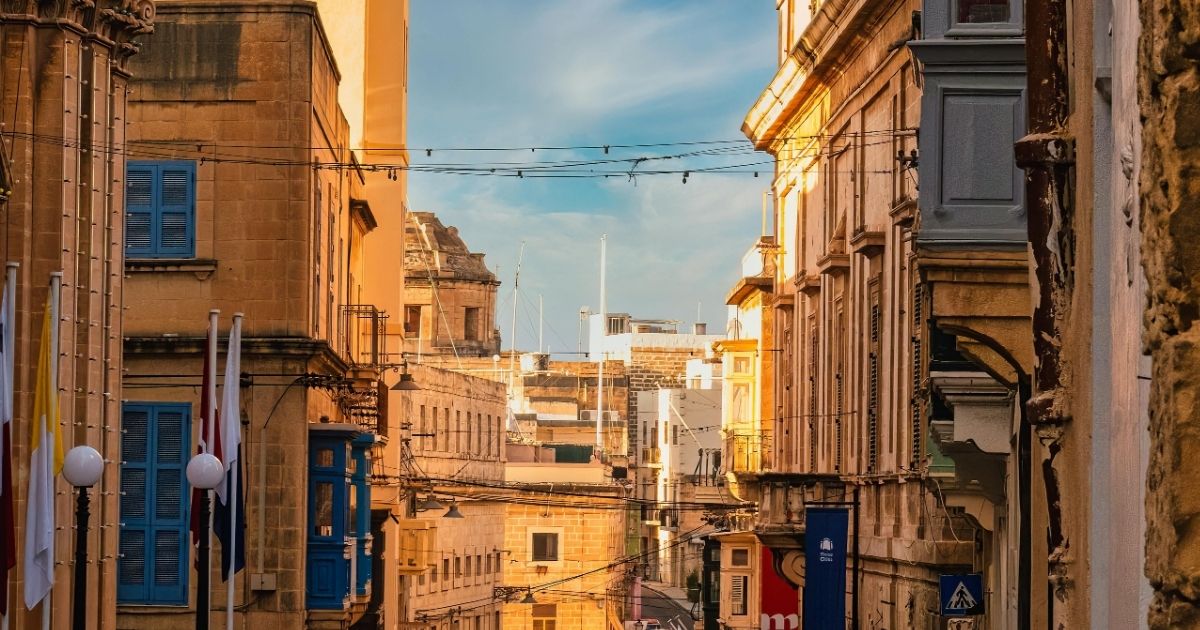
Baroque Influence – Malta La Valletta
Valletta soon became a showcase of Baroque architecture, as the Knights of St. John wanted to display both their power and devotion. After the city’s founding, they invested heavily in grand buildings that combined strength with artistic beauty. As a result, Valletta developed a unique character that still fascinates visitors today.
Architects such as Girolamo Cassar played a crucial role in shaping the city’s Baroque style. He designed iconic structures, including St. John’s Co-Cathedral, which remains one of the most celebrated Baroque masterpieces in Europe. Inside, visitors encounter lavish marble floors, golden details, and dramatic paintings that reflect the artistic richness of the era.
Moreover, the Baroque influence extended beyond churches. Palaces, auberges, and theaters showcased intricate facades, elegant balconies, and ornate interiors. These designs not only elevated Valletta’s appearance but also reinforced its status as a cultural hub in the Mediterranean.
At the same time, the Baroque movement blended functionality with spectacle. For example, wide piazzas allowed processions and ceremonies to take place, while fountains and monuments celebrated victories and faith. Through these artistic choices, the city projected confidence and sophistication.
Even today, the Baroque influence shapes Valletta’s identity. Tourists marvel at the city’s ornate beauty, while locals embrace its heritage with pride. Furthermore, the city’s Baroque architecture played a key role in its recognition as a UNESCO World Heritage Site.
In essence, Baroque influence turned Valletta into more than a fortified city. It became a living masterpiece that continues to inspire admiration worldwide.
UNESCO World Heritage Recognition
Valletta earned UNESCO World Heritage status in 1980, a recognition that highlighted its exceptional cultural and historical value. This honor confirmed the city’s significance not only for Malta but also for the entire world. With its rich blend of military, artistic, and architectural achievements, Valletta stood out as a remarkable urban masterpiece.
UNESCO praised the city for its well-preserved fortifications, grid layout, and Baroque monuments. The combination of functional military design with grand artistic expression made Valletta unique among European capitals. Furthermore, the city’s role as a symbol of resilience after the Great Siege of 1565 emphasized its global importance.
This recognition also brought a renewed sense of pride to Malta. Locals embraced their heritage, while the government committed to preserving Valletta’s authenticity. Restoration projects soon began, ensuring that churches, palaces, and auberges would survive for future generations. As a result, Valletta became a living testimony of Malta’s cultural identity.
Moreover, the UNESCO status attracted more international attention. Travelers started to view Valletta as a must-visit destination, while scholars considered it a case study in urban design and heritage protection. Consequently, the city flourished as both a cultural hub and a tourism hotspot.
Today, UNESCO’s recognition continues to guide Valletta’s development. Authorities carefully balance modernization with preservation, ensuring that the city maintains its timeless charm. In conclusion, UNESCO World Heritage recognition not only celebrated Valletta’s past but also secured its future as a global treasure.
Read also – Things to Do in Ella Sri Lanka: Complete Travel Guide
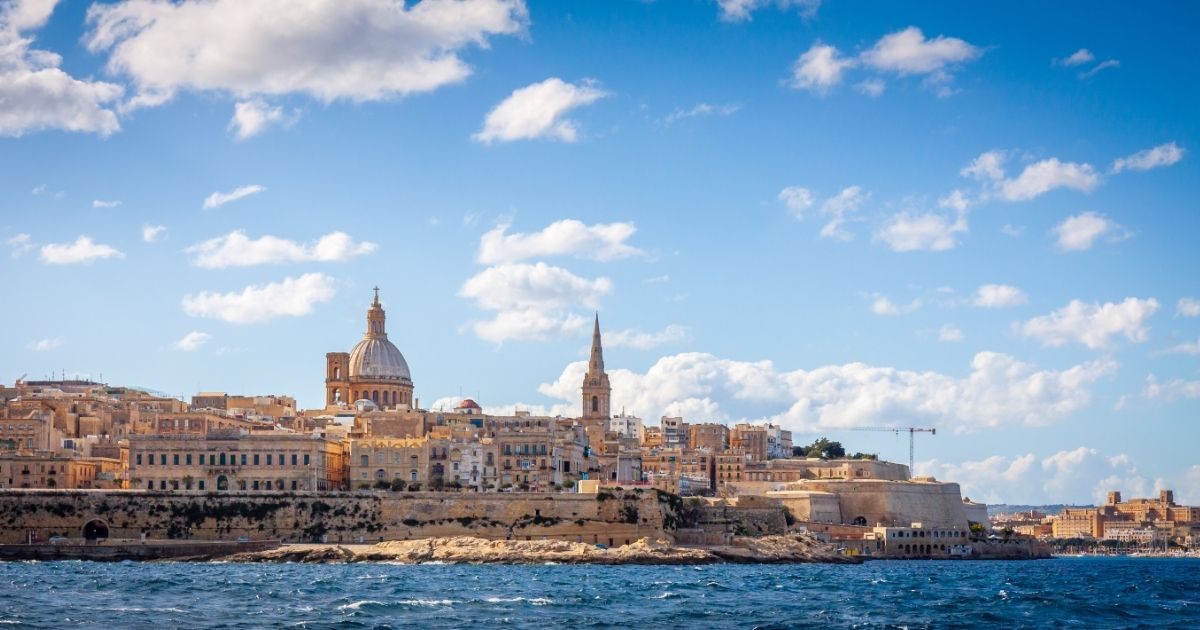
Exploring Valletta’s Main Attractions
St. John’s Co-Cathedral – Malta La Valletta
St. John’s Co-Cathedral stands as the crown jewel of Valletta’s spiritual and artistic heritage. Built by the Knights of St. John between 1572 and 1577, it was designed by the Maltese architect Gerolamo Cassar. At first glance, the cathedral’s exterior appears austere, reflecting the military character of the Knights. However, once you step inside, the interior overwhelms visitors with Baroque splendor.
The cathedral’s richly decorated walls, gilded details, and marble floors immediately capture attention. Each chapel, dedicated to different nationalities of the Knights, tells a story of faith and devotion. Moreover, the ornate ceilings painted by Mattia Preti depict scenes from the life of St. John the Baptist, the Order’s patron saint. These masterpieces enhance the cathedral’s grandeur and create a sense of sacred drama.
Most notably, St. John’s Co-Cathedral houses Caravaggio’s famous painting, The Beheading of Saint John the Baptist. This masterpiece is considered one of the artist’s greatest works and remains the only signed painting by Caravaggio. Tourists and art lovers from around the world travel to Valletta specifically to admire it.
Over the centuries, the cathedral has become more than a place of worship. It stands as a cultural landmark, symbolizing the artistic vision and resilience of Malta’s history. Furthermore, ongoing restoration projects ensure that its beauty will continue to inspire future generations.
In essence, St. John’s Co-Cathedral is not just a church; it is a living monument that embodies the glory of Valletta and its legacy.
The Upper Barrakka Gardens
The Upper Barrakka Gardens offer one of the most breathtaking views in Valletta. Originally created in 1661 as a private retreat for the Italian Knights of St. John, the gardens later opened to the public in 1824. Since then, they have become a favorite gathering spot for both locals and visitors.
As you stroll through the gardens, you immediately notice the peaceful atmosphere. Shaded walkways, fountains, and statues create an inviting escape from the busy streets of Valletta. Moreover, the carefully landscaped terraces provide an ideal place to rest while enjoying the fresh Mediterranean breeze.
The highlight of the gardens is the panoramic view of the Grand Harbour. From the balustrade, you can see the Three Cities Birgu, Senglea, and Cospicua spread majestically across the water. This view captures Malta’s maritime strength and reveals why Valletta was such a strategic stronghold for centuries.
Another unforgettable feature is the Saluting Battery located just below the gardens. Every day at noon, cannons fire a ceremonial salute, echoing traditions that date back to the time of the Knights. Visitors often time their trips to witness this event, which connects the past with the present in a powerful way.
The Upper Barrakka Gardens symbolize Valletta’s blend of history, beauty, and community. They are more than just a viewpoint; they are a living reminder of the city’s heritage. In addition, they offer a calm refuge where nature and history coexist seamlessly in the heart of the capital.
Read also – Ekkamai Bus Terminal: Everything You Need to Know Before Your Trip
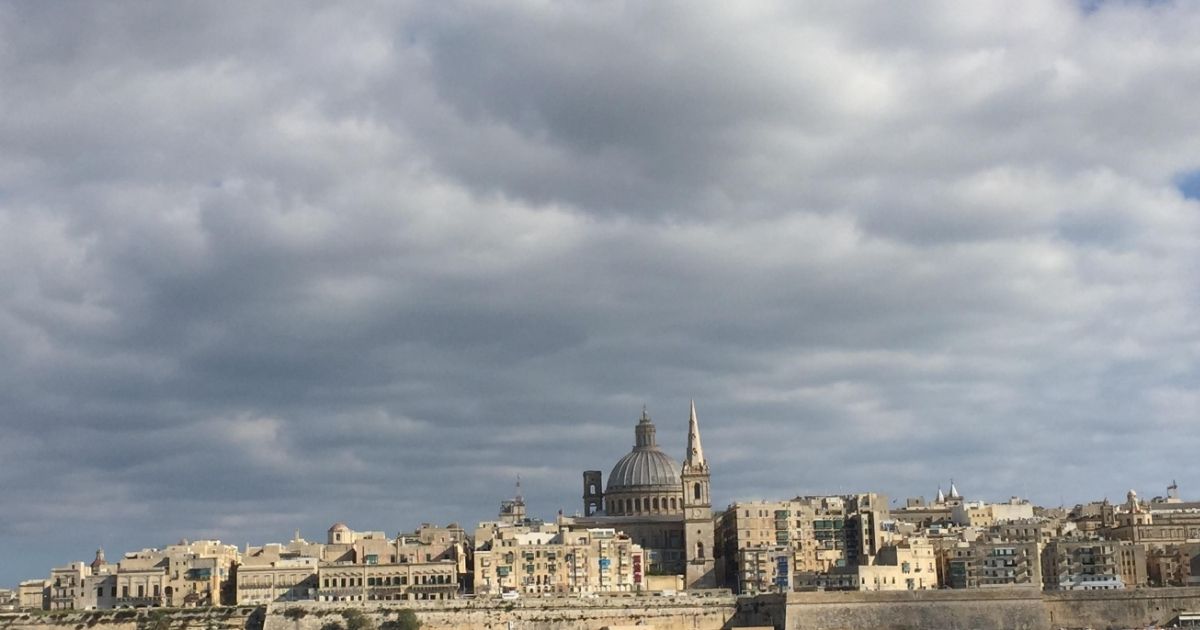
The Grandmaster’s Palace – Malta La Valletta
The Grandmaster’s Palace stands at the very heart of Valletta, symbolizing Malta’s political and cultural history. Constructed in the late 16th century, it originally served as the residence of the Grand Masters of the Order of St. John. Over time, it became the administrative center of the island, housing important offices and ceremonial halls.
When you step inside the palace, you immediately sense its grandeur. The vast corridors, elegant courtyards, and richly decorated rooms highlight the authority of those who once ruled from here. Moreover, the palace reflects the architectural vision of Gerolamo Cassar, who designed many of Valletta’s key buildings.
One of the palace’s most striking features is the State Rooms. These halls showcase intricate frescoes, elaborate tapestries, and valuable artworks that narrate Malta’s history. Additionally, the Palace Armoury, now a museum, displays a remarkable collection of weapons and armor once used by the Knights of St. John. This collection remains one of the largest of its kind still housed in its original location.
Today, the Grandmaster’s Palace continues to play an important role. It serves as the official office of the President of Malta while remaining open to the public as a cultural attraction. This dual function strengthens its identity as both a working institution and a historic landmark.
In essence, the Grandmaster’s Palace embodies Valletta’s spirit of resilience and tradition. It stands as a living testament to Malta’s past while remaining firmly rooted in its present role.
Valletta’s Neighborhoods and Streets
Republic Street
Republic Street is Valletta’s main artery, stretching from the City Gate to Fort St. Elmo. Walking along this street, you pass cafés, shops, and historic buildings. The lively atmosphere makes it a perfect place to start exploring.
Merchant Street
Running parallel to Republic Street, Merchant Street is equally charming but slightly less crowded. The daily market here adds a traditional touch, with stalls selling local crafts, lace, and souvenirs. It is a great spot to experience everyday Valletta life.
Side Streets and Hidden Alleys – Malta La Valletta
Valletta is known for its narrow alleys and steps leading to the sea. These smaller streets reveal colorful balconies, hidden chapels, and quiet courtyards. Exploring them feels like uncovering secrets of the city’s past.
Read also – Isla Guanaja Honduras: The Ultimate Travel Guide
Valletta’s Museums and Cultural Highlights
The National Museum of Archaeology
Housed in the Auberge de Provence, this museum contains artifacts from Malta’s prehistoric temples. Highlights include the famous “Sleeping Lady” figurine and intricate pottery from the Neolithic period.
The National War Museum at Fort St. Elmo
This museum tells Malta’s story of resilience through war. Exhibits range from the Great Siege of 1565 to World War II. It includes George Cross, awarded to Malta for bravery during the war.
MUŻA – The National Museum of Fine Arts
Located in Auberge d’Italie, MUŻA showcases art from Maltese and international artists. It combines historic collections with modern exhibitions, making it an engaging cultural stop.
Religious Landmarks
St. Paul’s Anglican Cathedral – Malta La Valletta
Built in the 19th century, this cathedral stands out with its tall spire. It symbolizes the British influence on Malta and remains a significant place of worship for the Anglican community.
Our Lady of Mount Carmel Basilica
The iconic dome of this basilica is one of Valletta’s most recognizable features on the skyline. Inside, it is a serene place for reflection, balancing ornate design with spiritual calm.
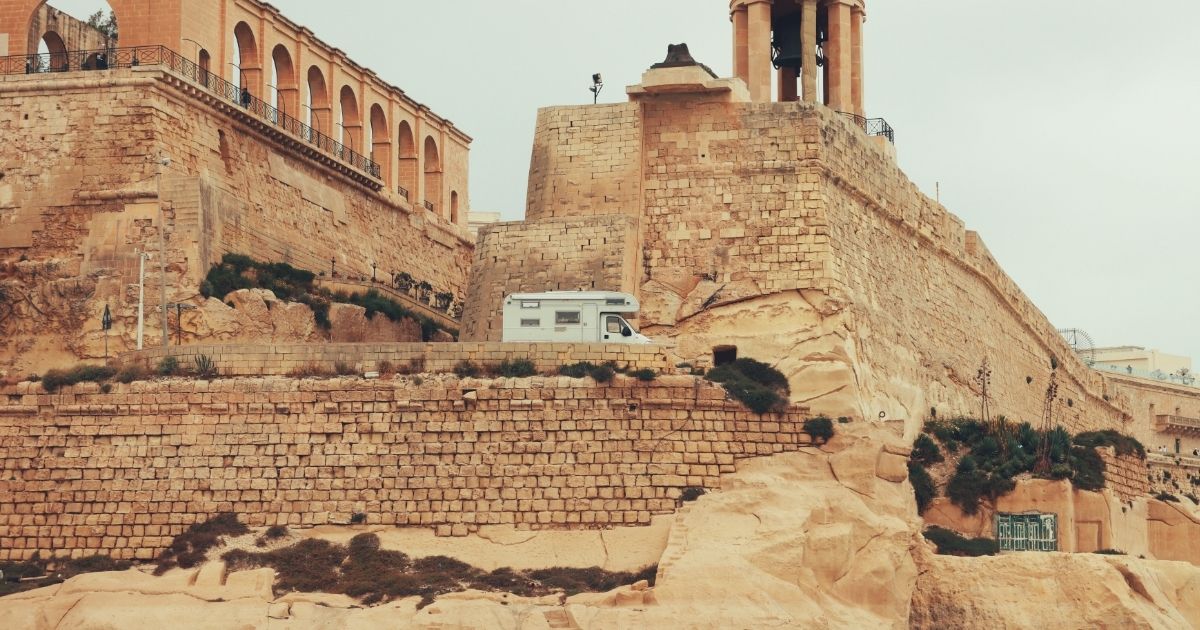
Dining in Valletta
Traditional Maltese Cuisine
Local dishes often combine Mediterranean and North African influences. Favorites include rabbit stew, pastizzi (flaky pastries filled with ricotta or peas), and lampuki pie made with seasonal fish.
Read also – Spirit Airlines: Flying Smart, Saving Money, and Traveling with Ease
Modern Restaurants and Fusion Dining – Malta La Valletta
Valletta has embraced modern cuisine while preserving tradition. Restaurants along Republic Street and the waterfront offer fusion menus, combining Maltese ingredients with global flavors.
Cafés and Wine Bars
Side streets are filled with cafés serving strong Maltese coffee and sweet pastries. Wine bars provide opportunities to taste local wines made from indigenous grapes like Ġellewża and Girgentina.
Valletta by Night
Evening Atmosphere
At night, Valletta transforms into a lively hub. Streets and squares are filled with people enjoying outdoor dining, music, and socializing.
Theatrical and Musical Performances – Malta La Valletta
The Manoel Theatre, one of the oldest working theaters in Europe, hosts plays, concerts, and operas. Seasonal events such as the Valletta Baroque Festival highlight the city’s cultural richness.
Rooftop Bars and Seaside Lounges
Rooftop terraces offer sweeping views of the illuminated city and harbor. Seaside lounges, meanwhile, provide a relaxed setting for cocktails and conversation.
Festivals and Events in Valletta
Carnival in Valletta – Malta La Valletta
Each February, Valletta bursts with color during Carnival. Streets fill with parades, floats, and dancers in elaborate costumes. As you join the celebrations, you feel the city’s joy and creativity. Moreover, the event highlights Malta’s long-standing traditions, blending history with modern festivity.
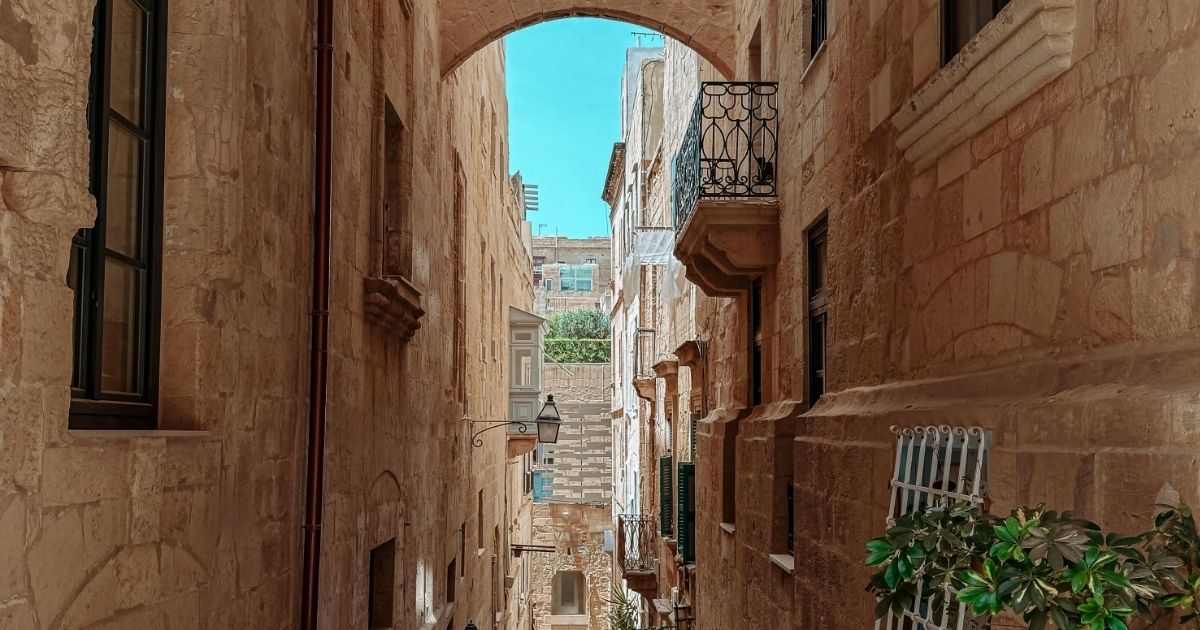
Valletta Baroque Festival
Every January, music lovers gather for the Valletta Baroque Festival. The event takes place in historic venues such as the Manoel Theatre and St. John’s Co-Cathedral. When you attend, you not only enjoy world-class performances but also experience them in breathtaking settings. This combination of music and architecture creates an unforgettable atmosphere.
Notte Bianca
If you visit in October, you can join Notte Bianca, an all-night cultural festival. Museums and palaces stay open late, while streets come alive with art, theater, and food stalls. As you walk through the city, you realize Valletta becomes even more vibrant after dark.
Read also – Google Flights: The Ultimate Guide with Tips, Tricks, and Hacks
Shopping in Valletta – Malta La Valletta
Souvenirs and Handicrafts
When you shop in Valletta, you discover unique souvenirs. Traditional lace, glassware from Mdina, and Maltese crosses make perfect gifts. By purchasing these items, you also support local artisans.
Fashion and Boutiques
Republic Street and Merchant Street feature stylish boutiques and international brands. As you browse, you notice how modern trends mix with Valletta’s historic charm. Shopping here feels both fashionable and cultural.
Markets and Local Finds – Malta La Valletta
Street markets provide another layer of authenticity. At these stalls, you can find fresh produce, handmade crafts, and vintage treasures. Exploring them allows you to connect with Valletta’s everyday life.
Valletta’s Harbor and Waterfront
The Grand Harbour – Malta La Valletta
The Grand Harbour is one of Valletta’s most iconic sights. As you gaze at it from the Upper Barrakka Gardens, you see centuries of maritime history. Moreover, ferries and cruises still use these waters, linking Valletta with other Maltese towns.
The Waterfront Promenade
Along the Valletta Waterfront, restored warehouses now house restaurants and cafés. When you dine here, you enjoy both local cuisine and harbor views. In addition, the promenade is especially lively in the evening, with lights reflecting on the sea.
Boat Tours and Ferry Rides – Malta La Valletta
If you want to see Valletta from another angle, take a boat tour or ferry. These rides reveal stunning views of the city walls and harbors. Furthermore, they provide easy connections to the Three Cities, offering even more to explore.
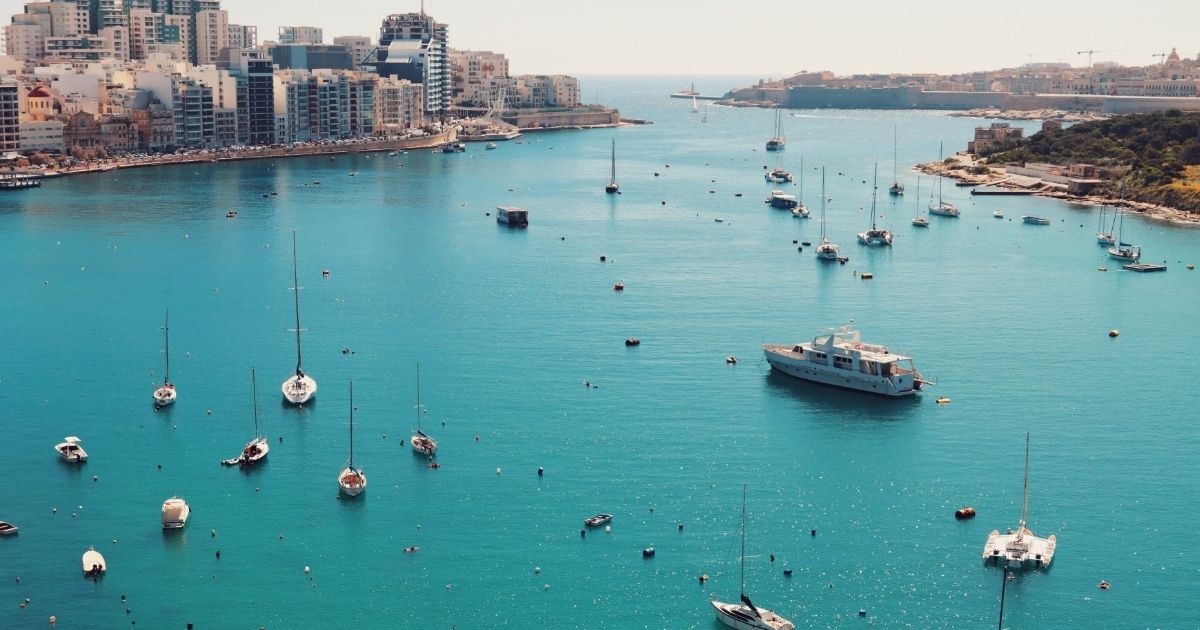
Day Trips from Valletta
Mdina – The Silent City
A short bus ride takes you to Mdina, Malta’s medieval capital. Known as the Silent City, Mdina offers narrow streets, noble palaces, and stunning views. As you walk through its quiet alleys, you step back in time.
Read also – Best Area to Stay in Tenerife
The Three Cities – Malta La Valletta
Across the Grand Harbour, the Three Cities Vittoriosa, Senglea, and Cospicua await. They showcase Malta’s maritime history and offer less-crowded alternatives to Valletta. By visiting, you gain insight into the island’s local life.
Read also – Malt Liquor: A Cultural Sip Around the World
Gozo and Comino – Malta La Valletta
From Valletta, you can also plan day trips to Malta’s sister islands. Gozo is famous for its countryside, while Comino is known for the Blue Lagoon. Together, they add natural beauty to your Maltese journey.
Practical Travel Tips
Getting Around Valletta
Valletta is compact, so walking remains the best way to explore. However, buses connect the city with other parts of Malta. In addition, ferries provide scenic routes across the harbor.
Read also – Pee Pee Island: Exploring the Myths, Beauty, and Travel Secrets
Best Time to Visit – Malta La Valletta
Spring and autumn are ideal for visiting Valletta. During these months, the weather is mild, and crowds are fewer. Summer, while lively, can feel hot and busy. Winter offers cultural events and a quieter pace.
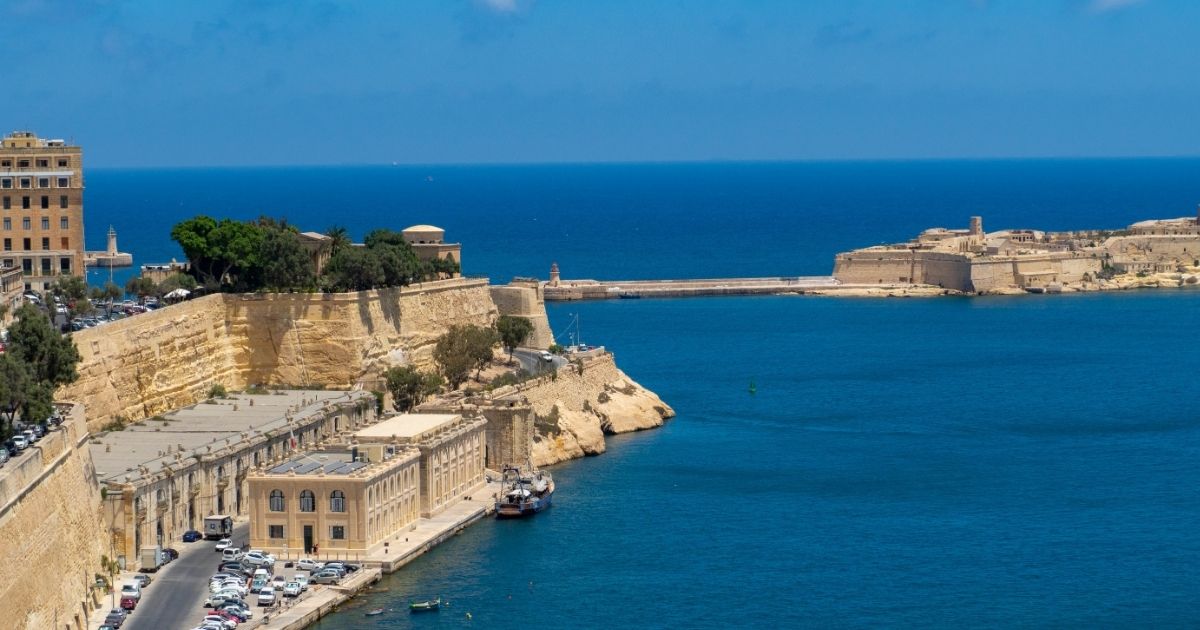
Accommodation Options – Malta La Valletta
Valletta offers a wide range of stays, from boutique hotels to luxury waterfront resorts. If you prefer local charm, guesthouses and smaller hotels provide cozy alternatives.
Read also – Vegan restaurants near me: Excellent Tips For Best Experience
Frequently Asked Questions
Valletta is the capital city of Malta, located on the northeastern coast of the island.
Valletta earned UNESCO status for its Baroque architecture, fortified walls, and cultural significance.
Spring and autumn offer mild weather, fewer crowds, and comfortable sightseeing conditions.
The city is walkable, but buses and ferries provide easy access to other Maltese towns.
Highlights include St. John’s Co-Cathedral, the Grandmaster’s Palace, Upper Barrakka Gardens, and the Grand Harbour.
Extra Frequently Asked Questions
Yes, the city offers traditional Maltese cuisine, modern fusion restaurants, cafés, and wine bars.
Yes, nearby destinations include Mdina, the Three Cities, Gozo, and Comino’s Blue Lagoon.
Major events include the Valletta Baroque Festival, Carnival, and Notte Bianca, celebrating culture and music.
Yes, the city offers museums, gardens, boat tours, and cultural activities suitable for all ages.
The Grand Harbour provides panoramic views, historic significance, and boat tours connecting to nearby cities.
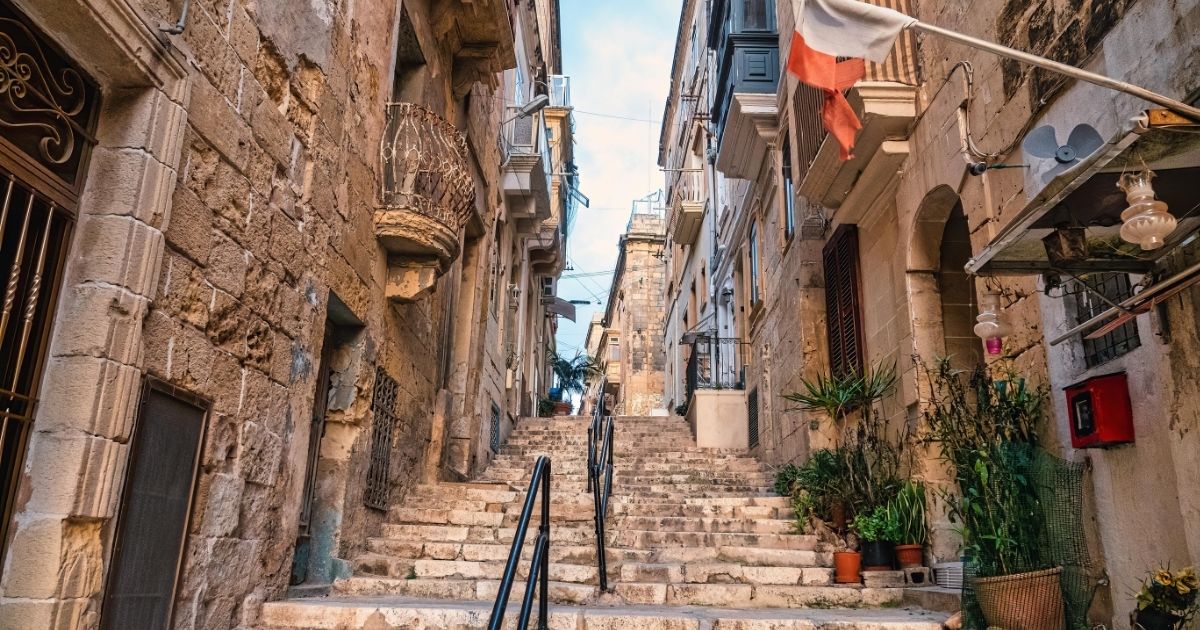
Conclusion
Valletta is more than just Malta’s capital it is a city where history, culture, and modern life meet. From exploring baroque churches and museums to enjoying lively festivals and quiet harbors, every corner tells a story. Moreover, the city’s compact size allows you to experience much in a short time while still leaving space for relaxation.
Whether you stroll through bustling Republic Street, enjoy a peaceful moment in Upper Barrakka Gardens, or take a boat ride across the Grand Harbour, Valletta always rewards you with unforgettable experiences. Combined with nearby day trips and authentic Maltese cuisine, your visit becomes both enriching and enjoyable.
Ultimately, Valletta offers a perfect blend of history, charm, and vibrancy. As you leave, you carry not only memories but also a deeper appreciation for Malta’s enduring beauty.




[…] also – Malta La Valletta: Exploring the Historic Heart of the […]